-
TrackoBit
Manage commercial vehicles with the new-age Fleet Management Software
TrackoBit -
TrackoField
Streamline your scattered workforce with Field Force Management Software
TrackoField -
Features Resources
-
Blog
Carefully curated articles to update you on industrial trends. -
White Paper
Insightful papers and analysis on essential subject matters. -
Glossary
Explore an alphabetical list of relevant industry terms. -
What’s New
Get TrackoBit & TrackoField monthly updates here. -
Case Study
Explore the cases we solved with our diverse solutions. -
Comparisons
Compare platforms, features, and pricing to find your best fit.
-
About Us
Get to know TrackoBit: our team, ethos, values, and vision. -
Careers
Join the most dynamic cult of coders, creatives and changemakers. -
Tech Support
Learn about our technical support team and services in detail. -
Events
Check out the exhibitions where we left our marks and conquered. -
Contact Us
Connect with us and let us know how we can be of service.
How Does Reverse Logistics Impact Your Business Operations?
- Author:Drishti Dua
- Read Time:8 min
- Published:
- Last Update: December 17, 2025
Table of Contents
Toggle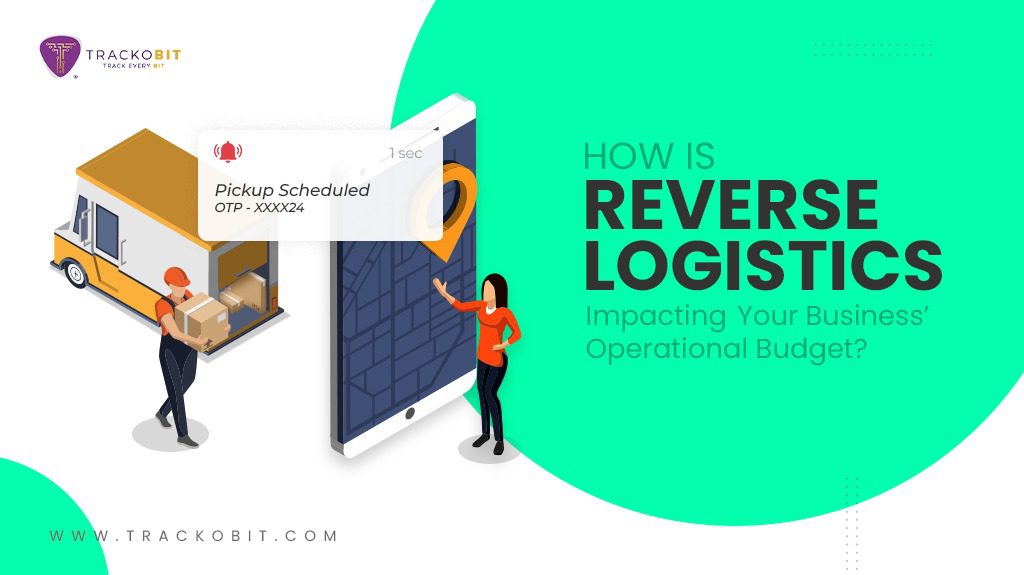
Reverse logistics can be difficult to manage and increase operational costs. But last mile delivery software can help make operations smoother.
Table of Contents
Toggle
‘30 days return or replacement policy’ is a norm for e-commerce businesses. The timeline for returning orders might vary from business to business but this ease of returning their purchased goods is what maintains the popularity of such business models. Reverse logistics and last mile delivery are two sides of the same coin.
Reverse logistics is the term coined for the transportation of previously delivered goods. As the name suggests, this process operates in reverse order in the supply chain. Very often, reverse logistics is blamed for business losses. While this stands true, is there any way that businesses can tackle the high operational cost of returning goods?
Did you know?
Data suggests that in 2021, D2C channel businesses experienced a growth of 16% which is interlinked to the wide adoption of ecommerce during the pandemic.
So, there must be solutions that make survival in this industry easier even after all the challenges that reverse logistics pose for businesses right? Let’s find out with this blog.
Understanding the Operations of Reverse Logistics
As we mentioned above, goods that are returned or need replacement post-delivery go through a series of operations. These steps are cumulatively called reverse logistics. Ironically, what is called the last mile in supply chain logistics is the first step in reverse logistics. Because of this change, while some of the challenges remain the same, there are also some challenges unique to this process alone.
Let us go through a step-by-step guide to understand what reverse logistics is:
- Package is delivered to a customer
- Customer applies for a return/replacement of the order
- Pickup agent receives the task
- Agent reaches the customer’s location
- After scanning the product the agent collects the package
- The package is deposited to the fulfilment centre
- A new product is dispatched in case of replacement.
As we mentioned above, this pickup process kickstarts the reverse supply chain. After that, these products are either replaced or sent back to the manufacturer for refurbishing. This is where the logistics part of the name comes in as the package is sent back to the manufacturer via a series of multi-modal logistics processes.
Learn more about this logistics fleet transportation process.
Are There Several Types of Reverse Logistics Management?
The series of tasks for employees changes with the type of logistics that the agents are dealing with. While we touched on the return and refurbish reverse logistics, let us get an in-depth understanding of the various types of reverse logistics:
- Return: Sometimes the products that customers purchase are not what they expect them to be. There is also a chance that they do not require the goods anymore. This raises the need for them to return their purchase. Employees thus simply collect items, check for any damage, and then deliver them back to fulfilment centres.
- Refurbish: A delivered good might have slight operational issues even when there is no physical damage. In this case, the last mile business is responsible for collecting the product and getting it refurbished. Then the next step is to take the product back to the customer.
- Repair: When a good gets damaged within warranty, businesses have the responsibility to make sure that they take it back and repair any damage done. This means that pickup agents take the product back to the service centre. The following process is quite similar to regular last-mile delivery where a repaired product is delivered to the final consumer.
- Recycle: With environmental concerns coming into the picture, several businesses have started services for reselling goods. In this case, the agent needs information on the product and collects it to deliver it to the repair stations. There these products get necessary changes for their new owners. Thus, still following the reverse logistics and last mile business model.
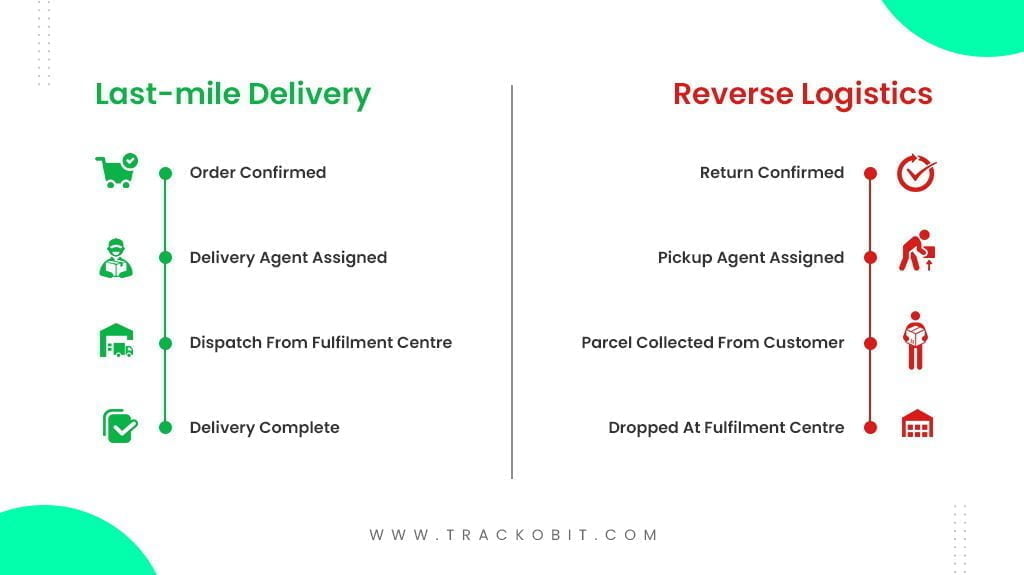
Why is Reverse Logistics a Challenge For Last Mile Businesses?
Reverse logistics is a vital step in the customer relation-building process of any industry. It can help attract new users to your brand and grow your clientele. This is why no business can escape the challenges that come with incorporating reverse logistics with their operations. Some of these challenges include:
- Inconsistent Task Execution: Lacking workforce management, be it route planning or scheduling, can affect the task execution of employees. They need proper information and data to make sure that their pickups are at the right place and time. But the lack of communication and manual management can be the reason behind time inefficiency and declining customer relations.
- Lacking Visibility: Managers can only work to optimise the reverse logistics operations when they are aware of the areas they lack. But compiling data manually is not only hard but can also lead to inaccuracy. Imagine your employees are not present for duty but you assign them tasks. A recipe for disaster indeed!
- Resource Building: Last mile delivery and reverse logistics heavily depend on fulfilment centres to pick up and drop off products. But not having these centres close to the delivery spots can cause inconsistency and lead to a high delivery team. Thus, reflecting badly on the brand’s name and hampering customer satisfaction.
- High Operation Cost: Dispatch management can be expensive, especially when we add the cost of errors to the final cost of reverse logistics. Assigning tasks to the wrong agent or not taking into consideration the location of agents can lead to long travel time and increasing expenditure. Constant travel on the road can also damage carriers’ health. This means managers have to spend money on the repairs as well.
Despite these challenges, businesses can adopt several measures to boost productivity and efficiency. Let us learn about these strategies in the following section.
What are the Strategies to Tackle Reverse Logistics Costs?
We have learnt about the challenges that make the optimisation of reverse logistics operations difficult. But there must be a solution, right? Of course! Here are some common strategies that go a long way in eliminating the challenges of the last-mile sector.
- Data Collection: We have mentioned several times that data is the fuel for optimisation. It is only by studying this data that managers can point out the loopholes in their operations. They can see if any employee is struggling to complete tasks or if certain routes affect their productivity negatively. Thus, creating ways to mitigate these issues become very easy.
- Track Products: Consignment misplacement is a huge issue in the overall logistics industry and adds up to great losses for businesses. Thus, it is very important that managers track their employees at all times to eliminate the risk of theft or misplacement during the last mile/reverse logistics stage.
- Switch to Automation: Manually managing both the last mile and reverse logistics operations is as daunting as it sounds. This is why businesses are slowly investing in last-mile delivery management software. It makes planning error-free and makes it easier to maintain accuracy and visibility.
- Third-Party Sourcing: Not all businesses are able to provide carriers and riders for their deliveries and pick-ups. Thus, they look for third-party providers to meet their requirements. This can help them reduce a lot of their costs and losses as well.
How can Automation Improve the Reverse Logistics Sector?
Last mile delivery management software is the new black in the industry. Businesses are now choosing accuracy in their operations and all for a good reason. Some solutions that make this possible include:
- Route Optimisation: The system allows managers to decide what paths their riders will take to complete deliveries. They can also ensure that employees are able to take on tasks based on their current location. Want to allocate your tasks based on route density? Route optimisation has your back! This system chooses the best route for your riders based on factors like road conditions
- Carrier Management: The system finds the perfect carrier for your tasks based on their locations. It helps you manage all kinds of carriers, be it of any kind and size. Managers can sort which parcel is suitable for which carrier. After all, an air conditioner cannot be delivered by a rider with a bike, can it?
- Dispatch Planning: Using this solution, managers can keep track of their delivery of goods and schedule their delivery. Thus, no more room for errors. Managers can also make sure that the packages with high urgency get scheduled earlier. This helps the business boost its brand reputation.
- Roster Monitoring: Managers can see all their available carriers and riders in front of the platform. Thus, optimising the task allocation and scheduling without any errors. They can also use this system to see which rider is on duty during what shift or take care of the recharging schedule of their EVs.
- Rider Application: The riders get a separate application to not only view their pick-up tasks but also make changes according to their situation. This application makes collecting POD (which in this case can be the proof of pick-up) easier and thus, boosts trust between customers and the last-mile delivery business.
What is the best Last Mile Delivery Management Software?
We mentioned above that reverse logistics and last-mile delivery, while similar in their operations, differ vastly because of their progression. This means that some of the challenges that reverse logistics employees face are separate from the last mile sector’s issues. Thus, you deserve the best!
TrackoMile is the best in the market, and it is so for a reason!
The solutions that this last-mile delivery software has to offer can help mitigate several issues that the industry has as a whole. From planning and scheduling tasks to supervising rosters, the system does it all! Do not go for us but instead experience the automation for yourself! Contact us to try out a demo to see how our solutions can help you achieve excellent results.
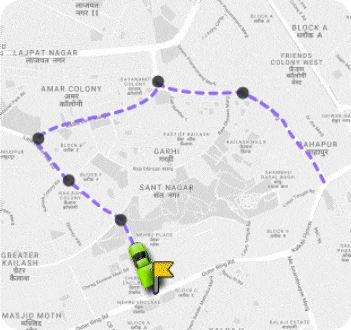
Last Mile Delivery Software
Have everything done within second: order sorting, route optimisation, and dispatch planning.
Dont’t believe us?
Drishti Dua, a Content Contributor at TrackoBit has a rich background in literature and professional expertise in SaaS and technology writing. She has carved her niche in the space of Geospatial techn... Read More
Related Blogs
-
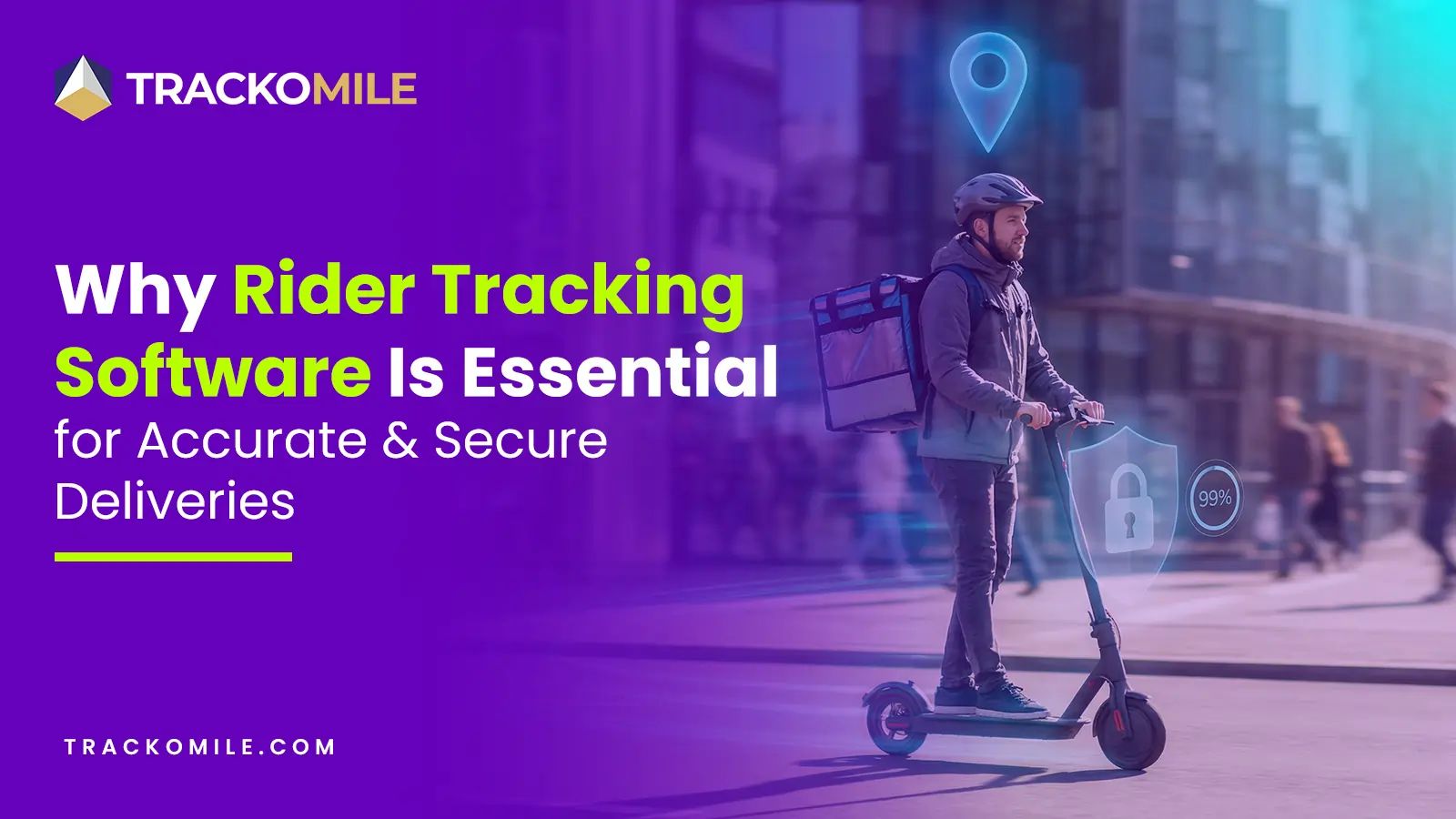
How Rider Tracking Software Improves Delivery Accuracy and Reduces Fraud
Tithi Agarwal December 8, 2025Rider tracking software improves delivery accuracy with real-time GPS visibility and automated ePOD. It also enables route optimisation and fraud…
-
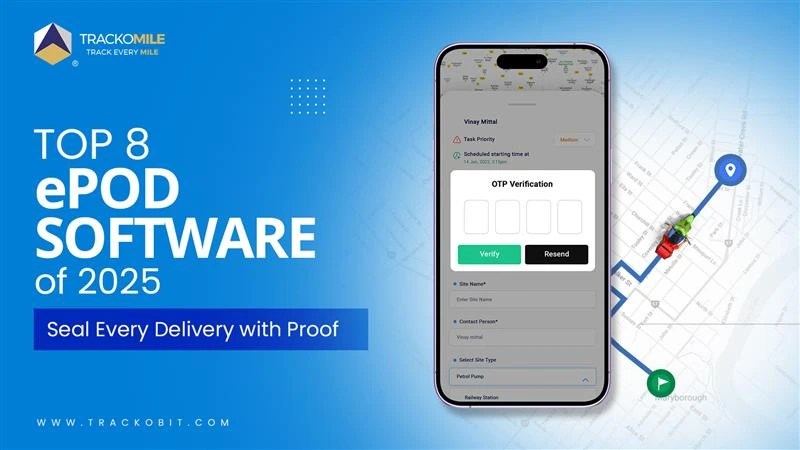
Top Electronic Proof of Delivery (ePOD) Software in 2026
Tithi Agarwal September 25, 2025Electronic proof of delivery has become the backbone of modern logistics. Explore the top 8 ePOD software in 2026 and…
-
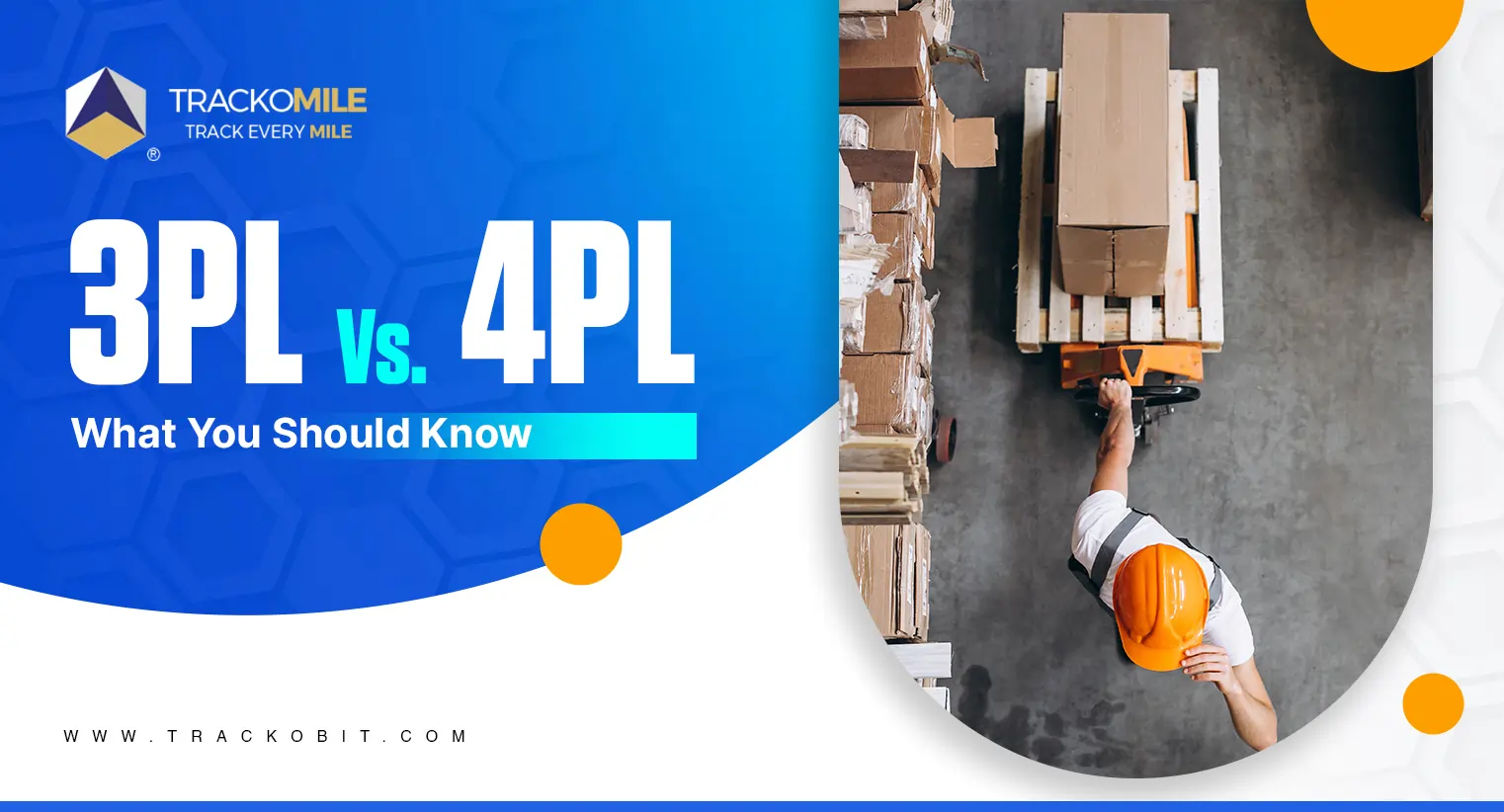
3PL vs. 4PL: Which is Best for Your Business?
Tithi Agarwal September 25, 2024Confused about choosing between 3PL and 4PL for your retail supply chain? Read this blog to find out which is…
-

What is Payload Capacity? Payload Capacity Vs. Towing Capacity
Tithi Agarwal September 10, 2024Payload capacity is the total weight a vehicle can safely carry, and it is crucial for safety and compliance. Exceeding…

Subscribe for weekly tips to supercharge your last-mile delivery.
Your inbox awaits a welcome email. Stay tuned for the latest blog updates & expert insights.
"While you're here, dive into some more reads or grab quick bites from our social platforms!"Stay Updated on tech, telematics and mobility. Don't miss out on the latest in the industry.
We use cookies to enhance and personalize your browsing experience. By continuing to use our website, you agree to our Privacy Policy.


































